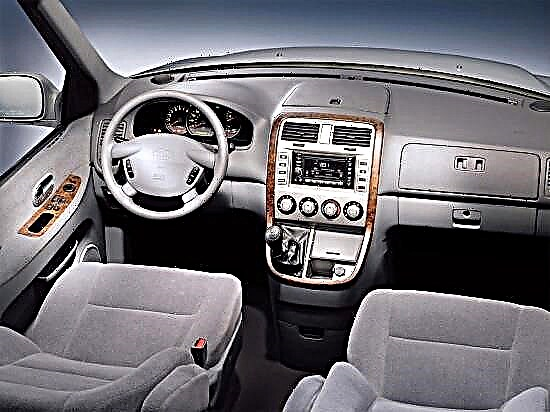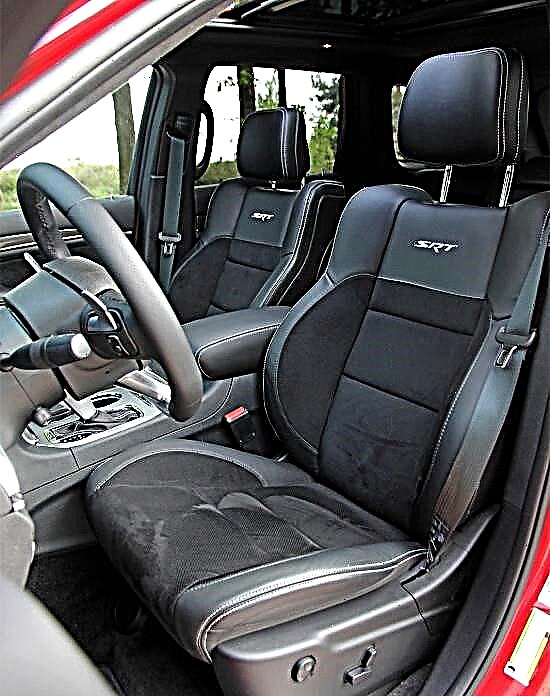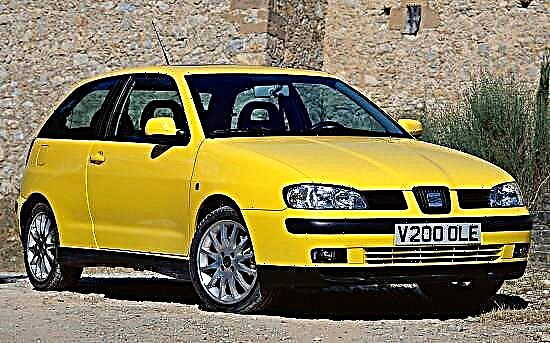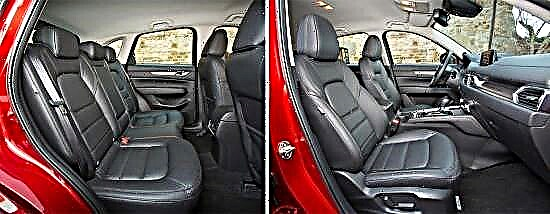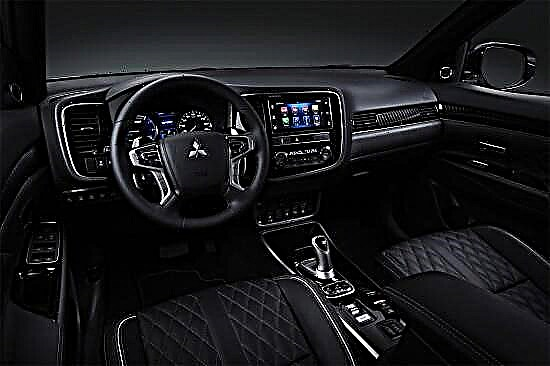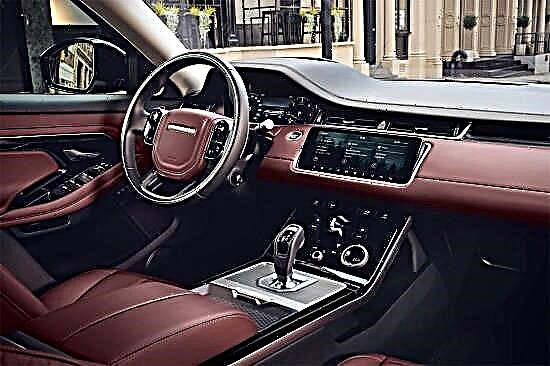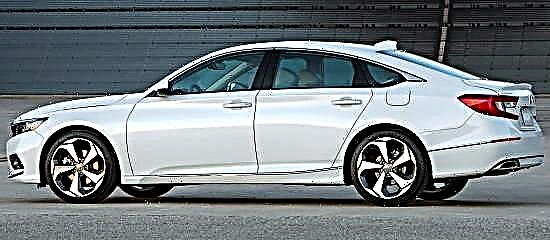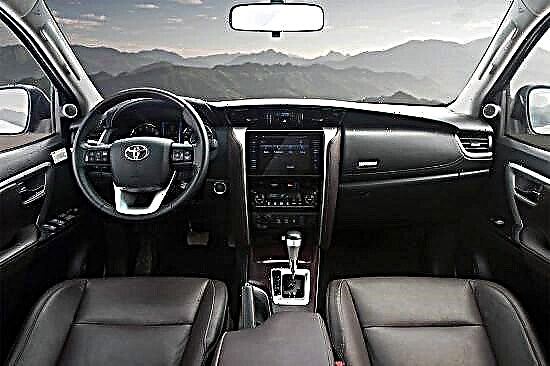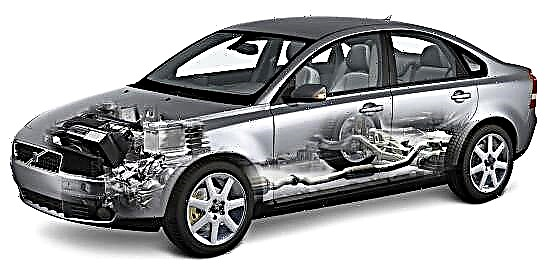There are not so many long-livers in the world car market, manufacturers are trying to periodically upgrade their models. But the Volvo S40 of the second generation lasted on the assembly line for eight years, after which, unfortunately, it retired.

The car was first presented to the public in 2004 at the Frankfurt Motor Show, in 2008 it underwent a slight modernization, after which it was produced unchanged until 2012.

Sedan Volvo S40 of the second generation is based on the universal platform "Volvo P1" (we recall that Mazda3 and Ford Focus were also built on it).
The idea behind the Volvo S40 is impossibly simple - a compact car with a dynamic appearance, comfortably on par with the larger models, but more affordable and aimed at driving pleasure.
What does compact mean? The length of the sedan is 4476 mm, height - 1454 mm, width - 1770 mm. It has 2,640 mm between the axles, but the ground clearance (clearance) is very modest - only 135 mm.
At first glance, the exterior of the Volvo S40 does not stand out in any supernatural way. And this could have been stopped if it had not been Volvo! As the saying goes, "the power of charisma" is great. All the plastic of the front of the sedan is made in the corporate style for the brand, so you can recognize the car among thousands of others. The predatory optics of the head light, the spectacular side line that dictates the shape of the taillights, the layout of the stern - everything speaks of belonging to the Scandinavians.

In general, "es-fortieth" has a laconic appearance, distinguished by a bright personality and athletic stockiness, which is especially evident in profile. We can say this about the Swedish sedan - it will delight the eye, both in the office parking lot and in any other surroundings.

The "second" Volvo S40 has an elegant, graceful, but at the same time moderately austere interior. The dashboard is simple enough, but functional and easy to read. In general, the interior space of the sedan is inevitably built around the center console, the appearance of which largely determines the impression of the car. The Volvo S40 panel is bent by a "wave", and it is divided into several zones - an air conditioner and a telephone with "music". The center section of the dashboard is littered with buttons that are enclosed between four circular selectors, similar to the tuning knobs of an old-fashioned receiver. Well, all information is displayed on a single small display located under the ventilation deflectors.
But the most curious thing lies in something else - not only is the panel thin and it has an additional compartment for various small things, but also its finishing is possible not only with plastic, aluminum or wood, it can also be transparent, thereby revealing the entire electronic stuffing ".
Another distinctive feature of the Volvo S40 is the fact that any function can be used without referring to the manual - ergonomics at a high level.

The Volvo S40 sedan provides ample room for front riders. Lateral support is not very developed, but a person of almost any build can sit comfortably. The adjustment ranges are wide, the steering column moves in overhangs and in height, making it easy to find the optimal comfortable position. On the whole, the back couch is not bad, the seats are well-shaped, but there is not enough space for three.
The main problem of the "Swede" is embarkation and disembarkation, during which it is easy to hit your head on the sloping roof rack.
The luggage compartment of the "es-fortieth" is roomy - 404 liters of usable volume. The opening is wide, the loading height is acceptable, the rear seat back folds down, which allows you to put quite large things there. The lid hinges and wheel arches do not eat up the luggage compartment space.
Specifications. In Russia, the "second" Volvo S40 was offered exclusively with gasoline engines, although turbodiesel versions were available for the European market.
- The role of the base on the Swedish sedan is performed by a four-cylinder 1.6-liter engine, delivering 100 horsepower and 150 Nm of peak thrust. It works in tandem with a 5-speed "mechanics". Such a bundle allows the car to gain the first hundred in 11.9 seconds, and the upper speed value is set at 185 km / h. The Swede needs an average of 7 liters of fuel per 100 kilometers in the combined cycle.
- It is followed by a 2.0-liter "aspirated", the return of which is 145 "horses" and 185 Nm of torque. The engine is matched exclusively to a 6-speed robotic transmission with two clutches. The dynamics of such a sedan is at an acceptable level - 9.8 seconds from zero to hundreds and 205 km / h of maximum speed. With more power, such a machine needs only one liter of fuel more than with a younger unit.
- A more powerful naturally aspirated engine is a 2.4-liter, with five cylinders arranged in a row. With a power potential of 170 "horses", it develops 230 Nm of peak torque. The engine is paired with a 5-speed automatic transmission. The sedan does the exercise to accelerate to a hundred in 8.9 seconds, and its maximum speed is limited at around 215 km / h. In the combined cycle, the 170-horsepower Volvo S40 requires an average of 9.1 liters of fuel per 100 kilometers.
- The role of the flagship is assigned to a five-cylinder 2.5-liter engine equipped with a turbocharging system and distributed injection. The power of this power unit is 230 horsepower, and the torque limit is set at around 320 Nm. To him in tandem can go as a 6-speed "mechanics" and 5-band "automatic", the drive is extremely full. In the first case, the "es-fortieth" gains 100 km / h in 7.1 seconds, in the second - in 7.5 seconds, the peak speed is 230 and 225 km / h, respectively. With decent power, the sedan is quite economical - fuel consumption varies from 9.5 to 9.8 liters of fuel per hundred mileage.

The "second" Volvo S40 is equipped with an independent spring suspension, which is available in two versions: Dynamic and Standard. The "dynamic" suspension is characterized by increased rigidity, as a result of which the car is controlled sharper, but road irregularities cause a lot of inconvenience. The "standard" variant is the golden mean, as the sedan rides with it softer.
"Es-fortieth" has various technologies that are aimed at improving the safety of riders. The most interesting of these is IDIS, which automatically blocks unimportant information if the driver is actively using the gas pedal and steering wheel. In addition, the Swedish sedan is equipped with an integrated Fenix 5.1 engine management system, which monitors the state of the fuel supply systems and maintain idle speed.
Equipment and prices. Unfortunately for many, sales of the second generation Volvo S40 ended in 2012. In 2017, in the secondary market, you can buy a supported sedan at a price of 400 ~ 500 thousand rubles. As for the equipment, the basic equipment of the car includes: ABS, front and side airbags, climate control, power accessories, cruise control, heated front seats and standard "music". More expensive versions have: leather upholstery, bi-xenon headlights, and electric adjustment of the front seats.


